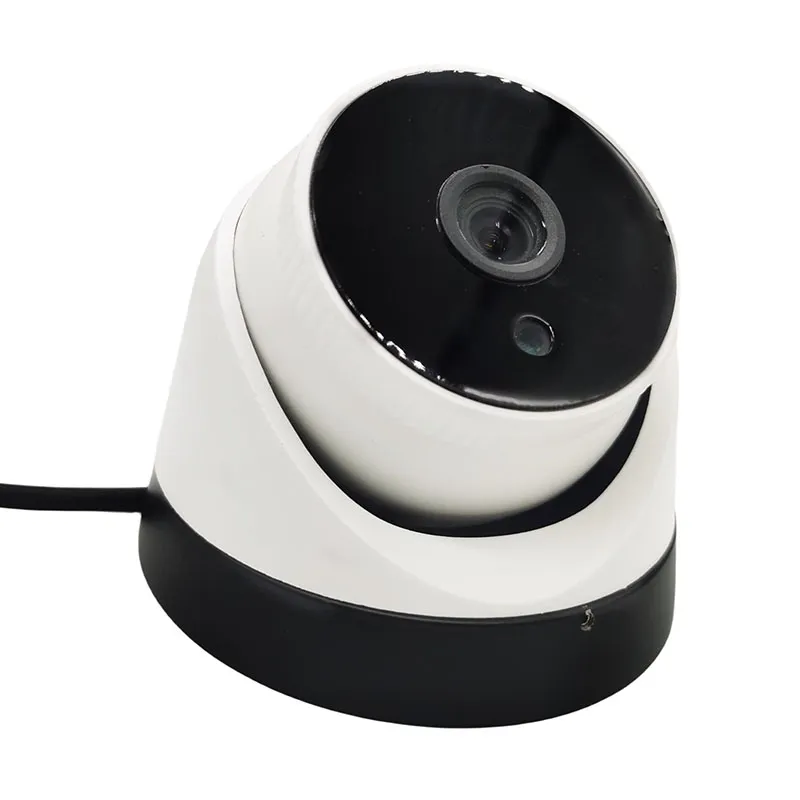Understanding the Key Components of a Core Board
2024-11-07
Core boards are foundational components in many electronics, providing structural support and essential electrical pathways for various applications, from telecommunications to computing. To ensure reliable performance and longevity, core boards are designed with several integral components, each playing a unique role in functionality and durability. In this blog, we’ll take a closer look at what core boards are and outline the main components that make them effective and versatile.
1. What is a Core Board?
A core board is a type of multilayer printed circuit board (PCB) that serves as the “core” or backbone in various electronic systems. This board provides a stable platform where multiple layers of circuitry can be embedded, allowing it to support complex electronic functions in a compact form. Core boards are essential in high-speed digital applications and are especially common in microelectronics and telecommunications, where multiple signals must be managed seamlessly.
2. Key Components of a Core Board
Understanding the primary components of a core board can help you appreciate its intricate design and importance. Here are the most crucial components:
- Dielectric Material (Core Material): The core material provides insulation between conductive layers and ensures stability. Typically made of fiberglass-reinforced epoxy (like FR4), the core material maintains electrical integrity and adds durability.
- Copper Layers: Core boards have multiple copper layers that serve as the conductive paths for electrical signals. These copper layers are either etched or printed to form intricate circuits that connect various electronic components.
- Prepreg Layers: A prepreg layer is a layer of fiberglass infused with resin and used as an adhesive between the copper and core layers. Prepregs add insulation and bonding, ensuring the layers stay intact during processing and usage.
- Solder Mask: The solder mask is a protective layer applied to the outer layers of the core board, covering copper traces to prevent oxidation and short-circuiting. This layer also helps to prevent accidental solder bridges during assembly.
- Silkscreen: This is the top layer on a core board and is used to display important information, such as labels, symbols, and part numbers. The silkscreen layer helps technicians and engineers identify components during assembly and troubleshooting.
3. Why Each Component Matters
Each component of a core board serves a specific purpose, from the core’s structural support to copper’s conductivity. Together, they enable the board to manage high-frequency signals and withstand environmental stresses, making it reliable for high-performance applications. For instance, the dielectric core and prepreg layers protect the circuitry from electrical interference, while copper and solder mask layers ensure the signals are transmitted clearly and efficiently.
4. Applications and Importance of Core Boards
Core boards are used in many industries, including telecommunications, automotive, consumer electronics, and industrial machinery. Their ability to support complex circuitry in a stable, durable format makes them invaluable in applications where space and efficiency are crucial. By understanding the key components of a core board, you can appreciate the importance of each element and how it contributes to the board’s functionality.
Core boards are complex, multi-layered systems that require a combination of conductive and insulating materials to function effectively. Each component—whether it’s the copper layers for signal transmission or the solder mask for protection—plays an essential role in supporting high-performance electronics. With this foundation in mind, you’re now better equipped to understand how these boards power the devices we rely on every day.



